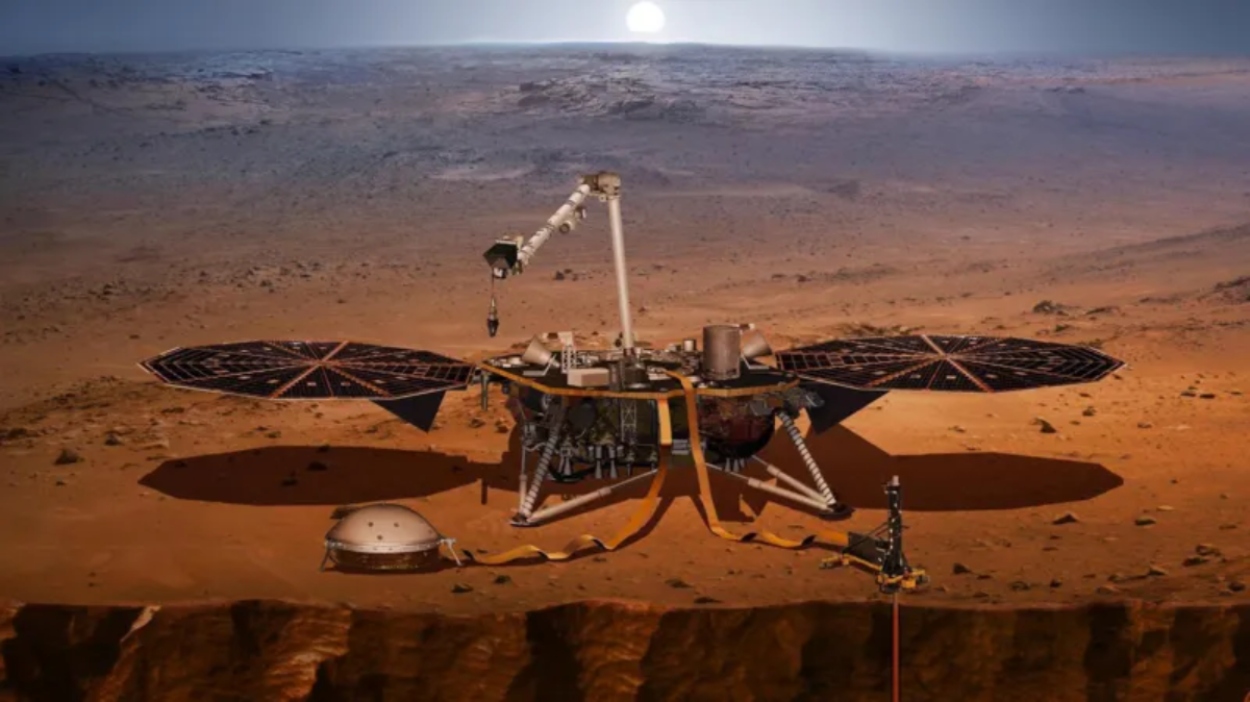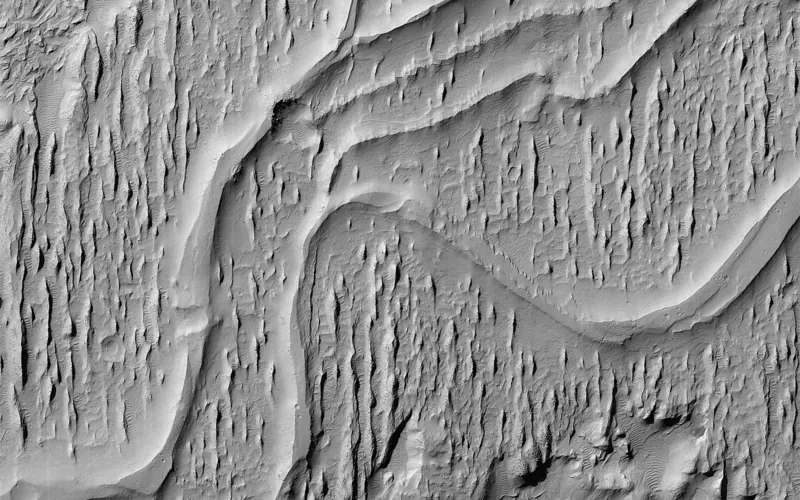
New analysis of data from NASA’s science spacecraft, Mars Insight Landerrevealed a groundwater tank Deep within its rocky outer shell Mars. The rover landed on Mars in 2018 and remained on the planet until December 2022. It was equipped with: Seismometerany Recorded vibrations For 4 years in the depths of the red planet.
Analysis of this seismic data revealed signs that this was happening. presence of liquid waterAlthough frozen water has already been found at the poles of Mars and there is evidence of vapor in its atmosphere, this is the first time researchers have detected liquid water on the planet.
As the BBC reported, the seismograph recorded it. More than 1319 earthquakes Over the course of four years. By analyzing the speed of the seismic waves, scientists were able to determine the material from which these waves came. The analysis revealed the presence of water reservoirs at depths of approximately 10 to 20 kilometers into the Martian crust.
“We use the same techniques to search for water, oil or natural gas on Earth,” explained Professor Michael Manga of the University of California, Berkeley, who participated in the research.
“Understanding the water cycle on Mars is critical to understanding the evolution of its climate, surface and interior,” said lead researcher Dr. Hans Vasan Wright of the Scripps Institution of Oceanography at the University of California, San Diego.
Water is “the single most important molecule shaping the planet’s evolution,” the professor added. He said the discovery answers the big question: “Where did the water end up on Mars?”


Studies on the surface of Mars show its existence in ancient times. Rivers and lakes On this planet. But for three billion years, it was a desert. Some of that water evaporated into space when Mars lost its atmosphere. But, according to the researcher, here on Earth, “most of our water is underground, and there’s no reason why that shouldn’t be the case on Mars.”
Although the Mars Insight Lander was only able to capture a surface piece of the crust, researchers estimate that similar reservoirs exist all over the planet. If true, they estimate that there is enough liquid water on Mars to form a layer across the surface that could be more than 1.6 km.
This discovery could also point to another goal for the ongoing search for evidence of life on Mars.
“Without liquid water, there is no life,” the professor said. “So if there are habitable environments on Mars, they may be deep in its crust,” the researcher concluded.
The results of the study were published in Proceedings of the National Academy of Sciences.
source: BBC
Like our page on Facebook
Follow us on twitter
Subscribe to our channel on YouTube
Join our channel on Viber
– Cited as a source ertnews.gr At the point where the reference is made.
– At the end of the article as a source
– At one of the points there must be an active link.

“Total alcohol fanatic. Coffee junkie. Amateur twitter evangelist. Wannabe zombie enthusiast.”





More Stories
Is this what the PS5 Pro will look like? (Image)
Finally, Windows 11 24H2 update significantly boosts AMD Ryzen – Windows 11 performance
Heart Surgeon Reveals The 4 Things He ‘Totally Avoids’ In His Life